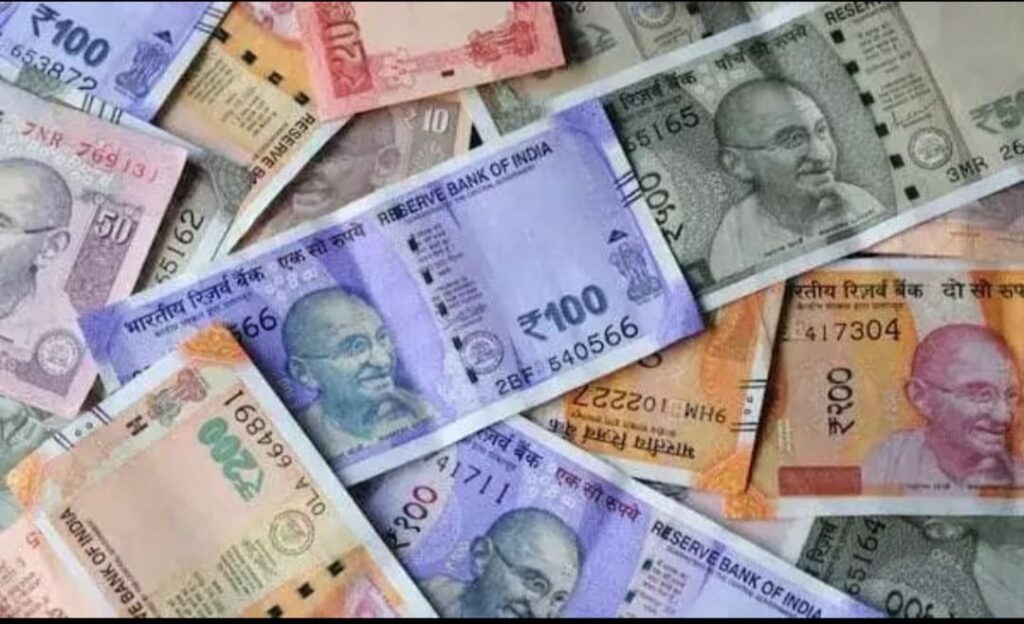It’s interesting to know that the Government spends differently to print each denomination of currency note, from ₹10 to ₹2000.

రూ.10 నుండి రూ.2000 వరకూ ప్రతి నోటును ముద్రించేందుకు ప్రభుత్వానికి ఖర్చు వేర్వేరుగా ఉండడం ఆసక్తికర విషయం.
It’s interesting to know that the Government spends differently to print each denomination of currency note, from ₹10 to ₹2000.
భారతదేశంలో కరెన్సీ నోట్ల చరిత్ర ఎంతో విశేషం. నోట్లకు ముందు వస్తు మార్పిడి వ్యవస్థ ఉండేది. అనంతరం 19వ శతాబ్దంలో కాగితపు ద్రవ్య వినియోగం మొదలైంది. 1935లో ఏర్పడిన రిజర్వ్ బ్యాంక్ ఆఫ్ ఇండియా (ఆర్బీఐ) 1938 నుంచి కరెన్సీ నోట్లను జారీ చేస్తోంది. అప్పటి నుంచి నోట్ల రూపకల్పన, ముద్రణ వ్యవస్థ అభివృద్ధి చెందుతూ వచ్చింది.
ప్రస్తుతం వినియోగంలో ఉన్న నోట్ల ముద్రణకు ప్రభుత్వానికి పడే సగటు ఖర్చు ఇలా ఉంది:
- ₹500 నోటు – ₹2.94
- ₹200 నోటు – ₹2.93
- ₹100 నోటు – ₹1.77
- ₹50 నోటు – ₹1.13
- ₹20 నోటు – ₹0.95
- ₹10 నోటు – ₹0.96
- ₹2000 నోటు – ₹3.54 (ఇప్పటికే రద్దు)
ఇవి కేవలం నోట్ల ఖర్చులే కాకుండా, వాటిపై ముద్రించే చిత్రాలు భారతదేశ చారిత్రక, సాంస్కృతిక వారసత్వానికి నిదర్శనం. ముఖ్య నోట్లపై ఉన్న చారిత్రక కట్టడాలు:
- ₹500 – ఢిల్లీ ఎర్రకోట (17వ శతాబ్దం)
- ₹200 – సాంచి బౌద్ధ స్థూపం, మధ్యప్రదేశ్ (2వ శతాబ్దం)
- ₹100 – రాణీకి వావ్, గుజరాత్ (11వ శతాబ్దం)
- ₹50 – హంపి రథం, కర్ణాటక (15వ శతాబ్దం)
- ₹20 – ఎల్లోరా గుహలు, ఔరంగాబాద్
- ₹10 – కోణార్క్ సూర్య దేవాలయం రథ చక్రం, ఒడిశా (13వ శతాబ్దం)
ఇలా ప్రతి నోటు ముద్రణకు ఖర్చుతో పాటు, చారిత్రక ప్రాముఖ్యతను కూడా మిళితం చేస్తూ రూపుదిద్దుకుంది.
India’s currency note printing system has evolved significantly over time. Before paper money, barter trade was prevalent. In the 19th century, India adopted paper currency. The Reserve Bank of India (RBI), established in 1935, began issuing notes from 1938, initiating an organized currency structure.
Here’s how much it costs the Government on average to print each note:
- ₹500 note – ₹2.94
- ₹200 note – ₹2.93
- ₹100 note – ₹1.77
- ₹50 note – ₹1.13
- ₹20 note – ₹0.95
- ₹10 note – ₹0.96
- ₹2000 note – ₹3.54 (discontinued)
These notes not only represent monetary value but also showcase India’s cultural and historical heritage through iconic monuments printed on them:
- ₹500 – Red Fort, Delhi (17th century)
- ₹200 – Sanchi Stupa, Madhya Pradesh (2nd century)
- ₹100 – Rani Ki Vav, Gujarat (11th century)
- ₹50 – Stone Chariot, Hampi, Karnataka (15th century)
- ₹20 – Ellora Caves, Aurangabad
- ₹10 – Sun Temple Wheel, Konark, Odisha (13th century)
Thus, every note is not just paper and ink—it’s a reflection of history, heritage, and national identity, printed with purpose and precision.